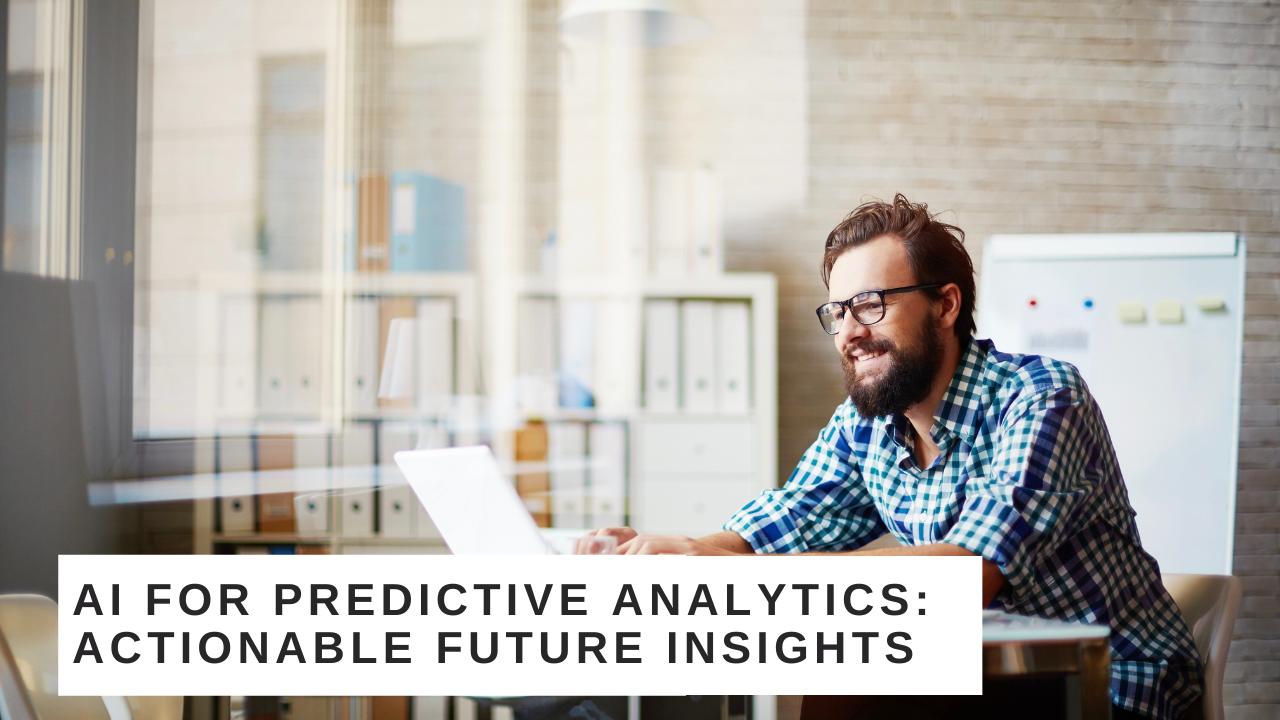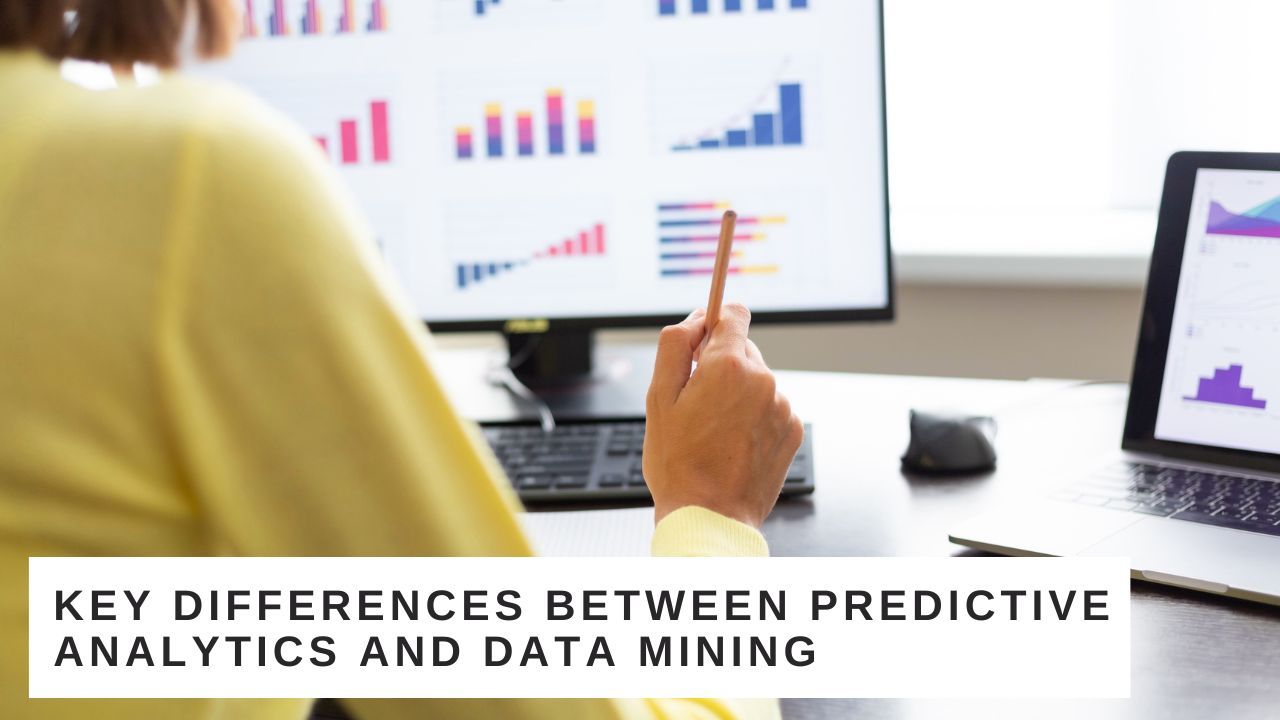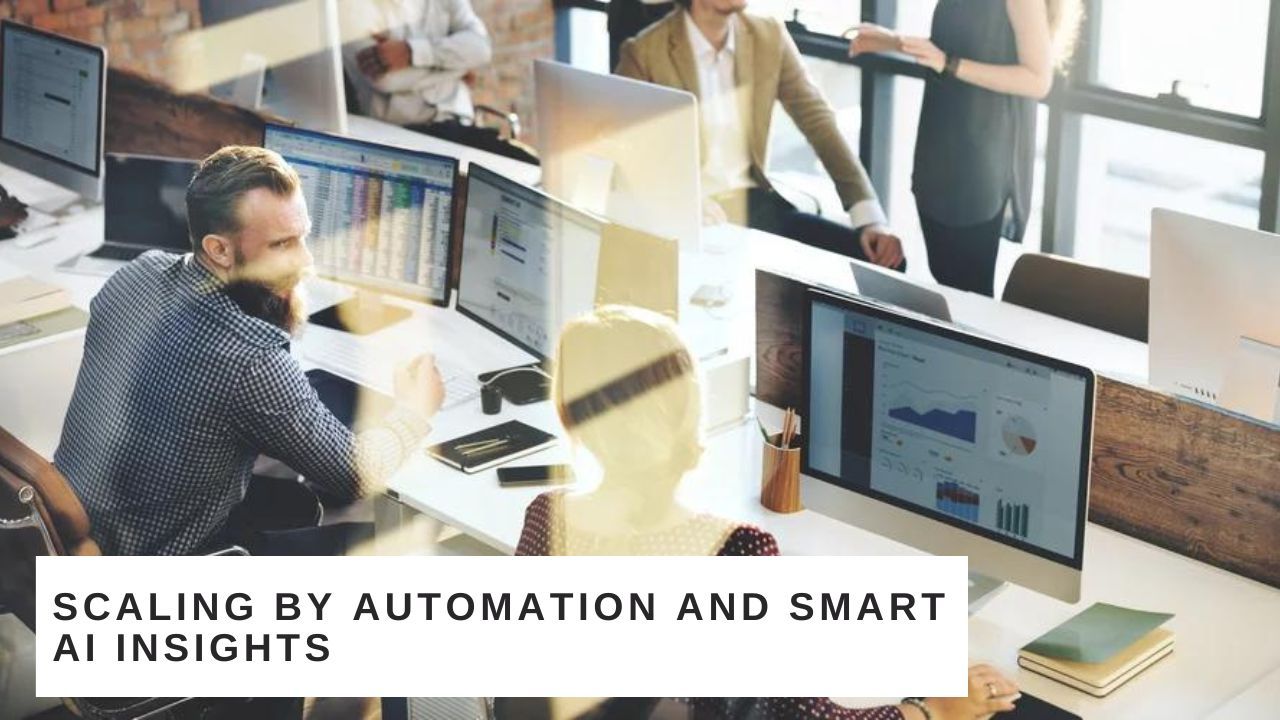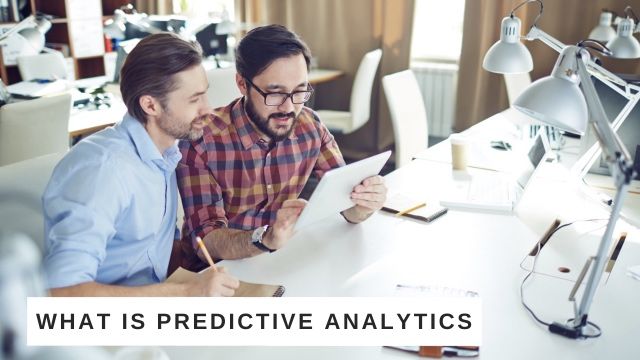
Table of Contents
- What is Predictive Analytics: Benefits, Types and Tools Made Easy
- Executive Summary
- What is Predictive Analytics?
- Why Is Predictive Analytics Important
- What are the Benefits of Predictive Analytics
- What Are the Types Of Predictive Analytics
- Where To Use Predictive Analytics In Your Organization
- Predictive Analytics Tools and Components
- Key Takeaways
- Hand-picked resources on analytics and insights
Executive Summary
Predictive analytics uncover and unlock meaning within an organization’s data and turn it into events on which the company can act. By seeing further and deeper into their data, these organizations do more and make better decisions.
What is Predictive Analytics?
Predictive analytics refers to the use of available data to predict the future. It leverages statistical techniques, machine learning, artificial intelligence, data mining, and predictive modeling to determine what might happen in the future and help businesses make better decisions. In years past, instinct and experience were the drivers of decision-making. Data has now taken that position.
According to International Data Corporation (IDC), by 2025, there will be over 175 zettabytes of data globally, creating multiple opportunity paths for companies that can harness its power. This is especially true for the post-pandemic world; advanced data analytics will take center stage in predicting, preparing, and responding proactively to the unprecedented market shifts and new growth paths in a post-COVID-19 business landscape.
Why Is Predictive Analytics Important
Business organizations that use predictive analytics do report notable benefits. A good example is companies that use predictive analytics techniques in analyzing their supply chain. According to Gartner, such companies report achieving a significant rise in their ROI. Here are some of the reasons why predictive analytics is essential for business organizations:
Insight Driven Organizations Thrive
Predictive analytics uncover and unlock meaning within an organization’s data and turn it into events on which the company can act. By seeing further and deeper into their data, these organizations do more and make better decisions. Ultimately, they perform better than organizations still relying on the instincts and experiences of their team. Leveraging predictive intelligence creates a sustainable differentiator in today’s extremely competitive marketplace.
Risk Reduction
Financial institutions leverage predictive customer analytics to construct reliable and accurate portraits of their customers and determine their creditworthiness. Insurance vendors use predictive modeling to reduce insurance fraud and offer customized insurance solutions to their customers. In both cases, predictive analytics helps minimize the risk as the organizations better understand their customers, the prevailing business environment, and factors likely to impact their bottom line.
Improving Operations
Predictive modeling is quite common in many companies seeking to forecast inventory and, as a result, manage their resources better. It helps them improve their operations by taking more appropriate decisions at any given time. For instance, hotels predict the number of expected guests every night to maximize occupancy. Airlines leverage predictive analytics to set airfares.
What are the Benefits of Predictive Analytics

Understanding before acting
Only through understanding can businesses be confident that they’re making the right decisions for themselves and their customers. For example, a marketing company could use predictive analytics marketing to conclude that Instagram advertising will be viral in the future. As a result, they could start to train their team to better advertise on the social media platform.
Getting value from data
Businesses predictively score their customers’ sales-related behavior, including clicks, churn, responses, and purchases. These scores create value by informing decisions across sales, marketing, website behavior, customer care, etc. Predictive sales analytics, including predicting direct marketing responses, helps businesses reduce their campaign efforts on customers least likely to respond and, as a result, slash costs and push profits up.
Competitive differentiators
Predictive analytics delivers qualitative, unique, and powerful differentiation by creating a proprietary source of enterprise intelligence that you can use to compete with your business rivals. Data analytics models generated from your business data tap into experiences only your enterprise is privy to. This is because it is based on your unique set of prospects, products, marketing messages, and customer responses.

What Are the Types Of Predictive Analytics
In most cases, predictive analytics tools come in the form of predictive analytics software solutions designed to help users mine colossal data volumes and find valuable connections between causes and consequences. These tools are based on specific models (or templates) that users can leverage to turn available data into educated predictions and actionable insights. Enterprises then share these predictions across various departments where their insights can be put into good use.
Predictive analytics exist in two main categories:
- Predictive models
- Predictive algorithms
Let’s take a look at the various types of predictive models as well as the common types of predictive algorithms.
Types of Predictive Models
What is predictive modeling? It is a predictive analytics tool that uses computational and mathematical methods applied to unknown events to calculate the likelihood of specific outcomes.
The following are some of the main types of predictive models:
- Decision Tree Model - This model uses tree-shaped diagrams to show the possible outcomes of various action paths, including charting how each choice will lead to the others.
- Custom Lifetime Value Model - This model shows the customers most likely to purchase more products and services.
- Neural Networks Model - This predictive modeling technique uses complex algorithms that mimic the workings of the human mind to identify different nonlinear relationships in available data.
- Customer Segmentation Model - This predictive modeling approach puts customers into various groups based on their purchasing behaviors and similar characteristics.
- Regression Model - This model uses statistics to show users the relationships between variables, e.g. stock prices and commodities.
- Quality Assurance Model - This model is designed to spot and prevent product defects and, as a result, avoid extra costs or customer disappointments later on.
- Predictive Maintenance Model - This predictive analytics model forecasts the likelihood that equipment central to the business operations will break down.
Common Predictive Algorithms
Predictive algorithms exist mainly in two categories:
- Machine learning predictive analytics - deals with structural data that’s often presented in tables.
- Deep learning predictive analytics - often deals with video, audio, images, and text data.
The following are some of the most common predictive algorithms that power predictive analytics models:
- Random Forest - It is a combination of decision trees that quite accurately classify colossal data volumes. The trees are “grown” into the largest possible extent to achieve the lowest error possible.
- Gradient Boosted Model (GBM) - It uses the boosted machine learning technique to ensemble “weaker learner” decision trees, one at a time, before generalizing. Each subsequent tree corrects the errors that the previous trained tree made.
- Generalized Linear Model (GLM) for Two Values - It is a complex and advanced variant of the General Linear Model (GLM). It narrows down variables to find the best fit from multiple variables presented in GLMs.
- Prophet - This is an open-source algorithm used in forecast and time series models. Developed by Facebook, this algorithm is flexible enough to accommodate useful assumptions and heuristics.
- K-Means - It is a high-speed algorithm that places unlabeled data points into various groups based on their similarities.
Where To Use Predictive Analytics In Your Organization
Predictive analytics can make a big difference when its insights are used by the various departments in your organization, especially in marketing, data warehousing, operations, and customer experience.
Predictive Analytics In Marketing
Marketers use predictive analytics to assess the performance of their ads and make changes towards achieving the most significant impact, including driving more sales and optimizing their customers’ experiences.
Predictive Analytics In The Data Warehouse
By design, predictive analytics effectively manage and analyze massive data sets and help warehouse managers develop a better, more accurate understanding of current situations and future predictions.
Predictive Analytics In Operations
Predictive analytics helps understand the behaviors of various operations in an organization that would otherwise be impossible to see looking at operations’ raw data or across disconnected systems.
Predictive Analytics In Customer Experience
Predictive analytics enhances customer experiences by helping business organizations create solutions tailored to an individual’s distinct needs and preferences.
Predictive Analytics Tools and Components
Predictive analytics tools are often classified based on their main features. Some popular predictive tools include:
No-code data access
No-code data access uses AI to prepare and enhance data automatically and create predictions without writing code. It also calculates the data points influencing outcomes.
Data staging and preparation platform
Data staging and preparation platforms cover raw data ingestion from one or more sources, loading, storing, refining it, improving its completeness and quality, and transforming it to make it worthwhile for analysis and reporting.
Data model and structures
These models find patterns, structures, and relationships in data that users can leverage to determine how alterations in the underlying processes could change the results.
Predictive models
Predictive models anticipate new data values by analyzing past data. They’re used to predict unknown occurrences, e.g., the number of calls a call center might receive on a particular day.
AI and ML frameworks
AI and ML frameworks use algorithms to unlock value from large data sets by uncovering new information and discovering hidden patterns, especially in unstructured data.
Predictive workbench
Predictive workbench harnesses the performance of available data by identifying trends and patterns and creating “what if” scenarios on which they could develop better business strategies.
End-user clients
End-user clients offer business executives more control over their workplace environment by giving them improved insights into their employees (end-users). They are designed to help an organization’s leadership strike a balance between security, compliance, and employee empowerment.
Key Takeaways
Predictive Analytics is bringing about transformation for business enterprises that embrace it. It presents a new paradigm that revolves around agility, speedy execution, and long-lasting organizational change. Put It Forward’s predictive analytics platform is a machine learning and data analytics solution that provides deep insights into customer behavior, drawing on the human connection to create distinct experiences at scale.
The Put It Forward platform is a no-code AI solution with built-in propensity and internet-based marketing models. The marketing models allow you to test and adapt dynamically to unique customer behaviors. Contact us today and get a custom demo of this easy-to-use data analytics platform.

Elsa Petterson
Partner success manager @ Put It Forward




